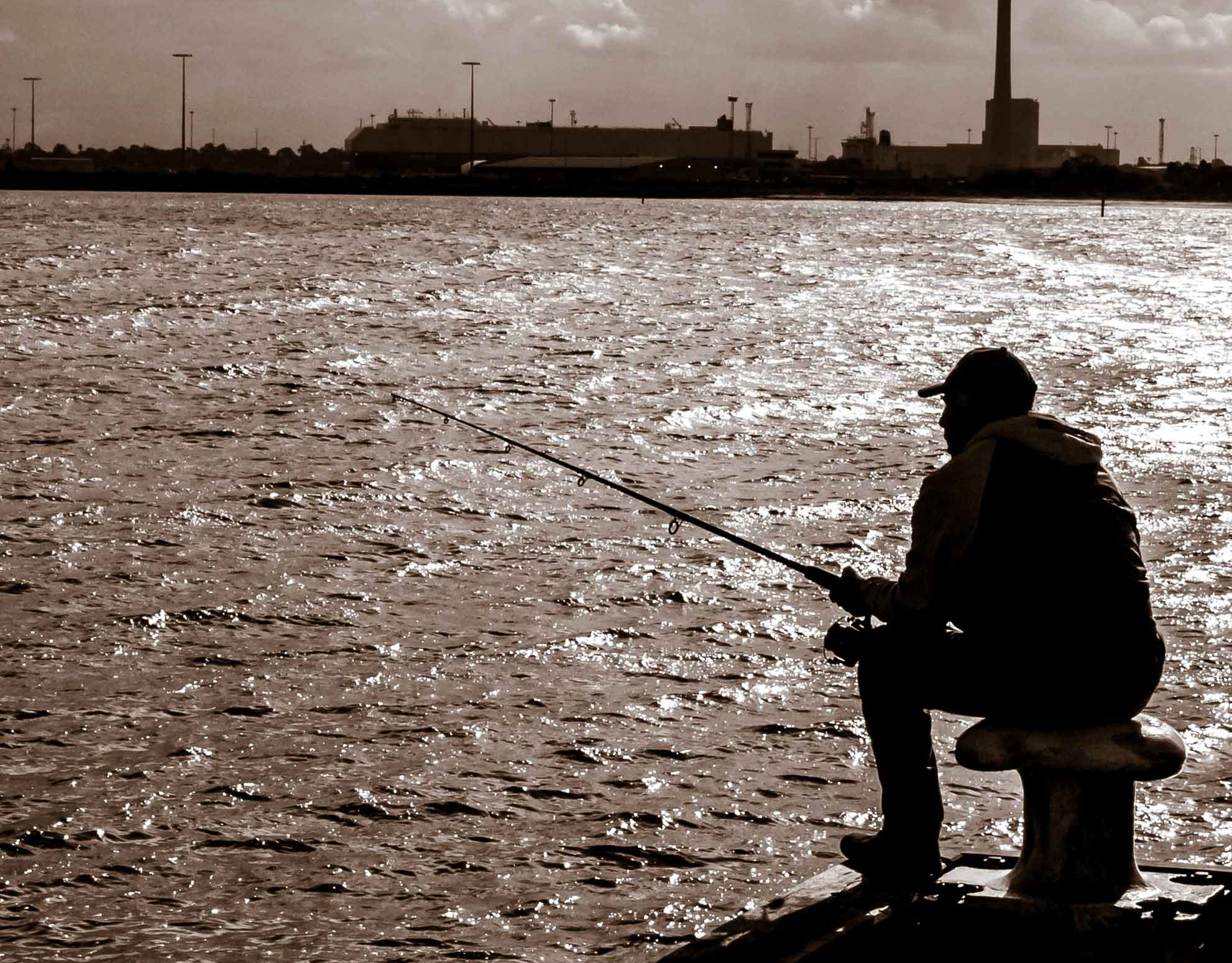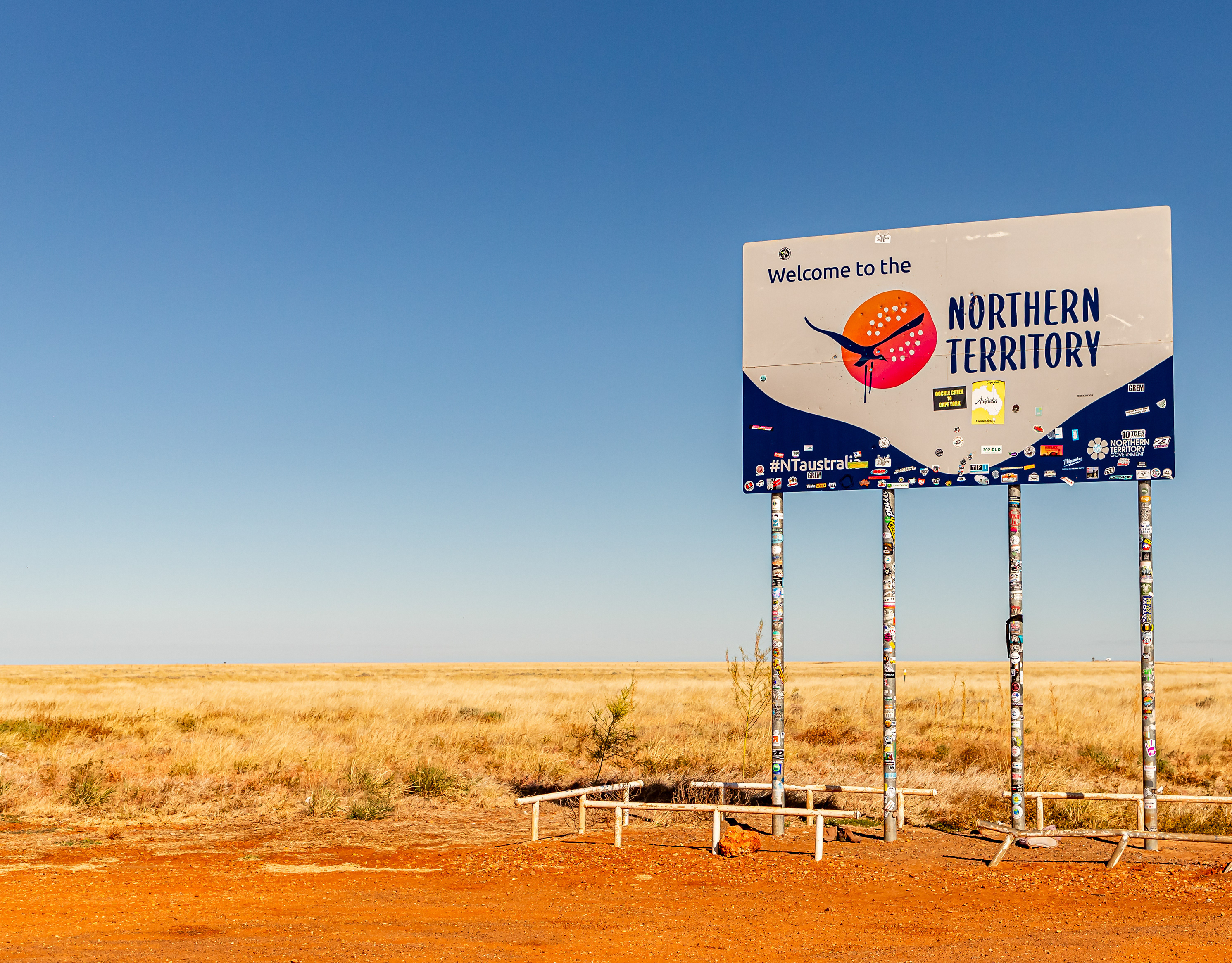All aboard, Queenstown, bound for Dubbil Barril
Pride in the engines and the rolling stock is very evident


Rewatering at Lynchford Station. Topping up regularly is critical to ensure sufficient steam to make the steep grade between this station and Rinadeena using the Abt cog railway system.


The Queen River valley, rugged country, particularly when building a railway
Hand operated turn-table at Dubbil Barril
Preparing to head back to Queenstown
Typical bridge design used on the railway









